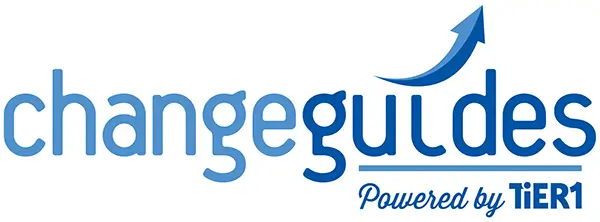Culture and the Power of Habits
As habits develop, mental activity for that action decreases. The more automatic an action becomes, the more efficient the brain becomes. The more efficient the brain, the more the brain can focus on matters that require constant attention. Habits are a really useful tool for the brain.
Enter Charles Duhigg and his book The Power of Habit: Why We Do What We Do In Life and Business. In his book, he explores how habits are formed by the brain. The brain responds to a 3-step loop process that after very little repetition becomes a habit loop. They are:
- Creating a Cue = a trigger for an automatic mode
- Building a Routine = a physical or mental pattern that can be very simple or incredibly complex
- Rewarding the behavior = the brain figuring out if the loop is worth remembering
While all habits are created in a similar way, not all habits are created equal. Keystone Habits are habits that cause a chain reaction that help other habits take hold and widespread behavior shifts.
Within organizations, cultures grow from Keystone Habits.
Duhigg writes that “Much of a firm’s behavior is understood as a reflection of general habits and strategic orientations coming from the firm’s past…” and that “organizational habits are important because otherwise most companies would never get any work done.”
Habits or culture within an organization provide all of the unwritten rules that guide behavior. Habits provide the patterns and rules that people recognize they need to follow to get along and succeed.
When organizations embark on change, sometimes the changes are fighting against old habits. If habits are getting in the way of progress, or if habits need to change, then there is a framework that Duhigg outlines to change organizational habits:
- Identify the Routine – what is it to be changed?
- Experiment with Rewards – What is the reward now? What could the reward be? Link it with craving. What cravings are driving particular habits?
- Isolate the Cue – must figure out what the cue is. Almost all fit into 5 categories: Location, Time, Emotion, People, what is immediately proceeding the action?
- Have a Plan – to re-engineer the habit, the brain must begin making choices again, the brain cannot work automatically. Devise a plan based on new choices.
Want more details? Read the book. It is a goldmine filled with insights and information that will be helpful to any Change Manager dealing with culture change.

